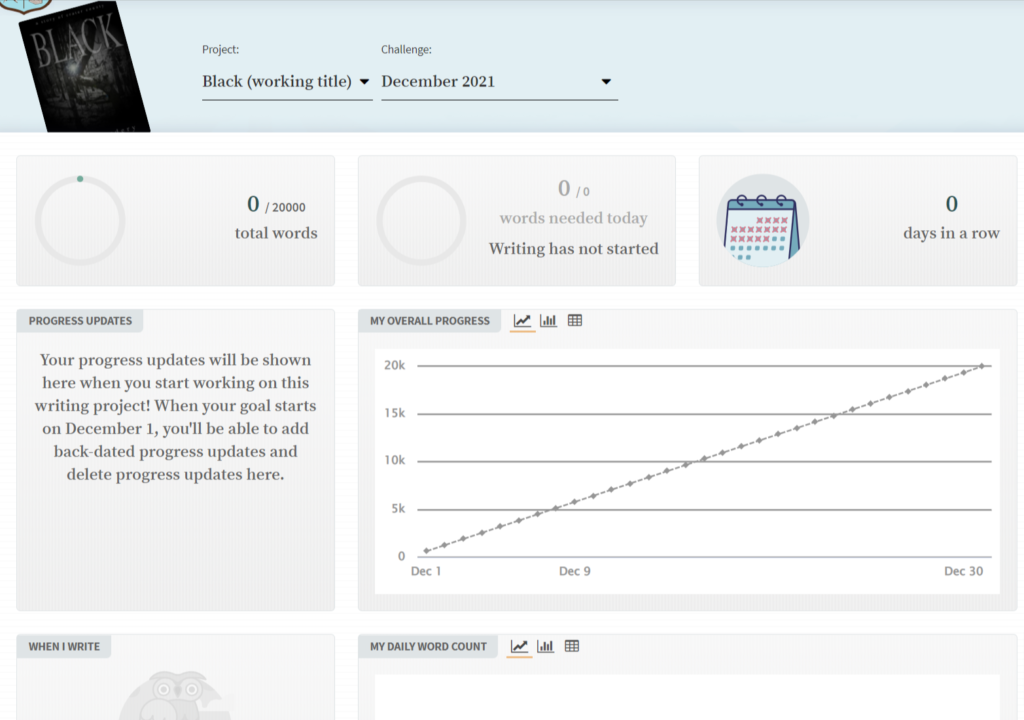
NaNo’s Over. Now What?
First—CONGRATULATIONS on doing NaNoWriMo!!!
You are amazing, magic writer! I’m so proud of you. If you won this year, are you enjoying your winner’s swag? Great! Lap it up. And, if you didn’t win? If you got 40,524 words, or 40 words? You still wrote, and that makes you a winner in my book!
Now that NaNo’s over, you might be wondering: What next? What do I do with this steaming pile of words?
Read on for a few tips to make sure your NaNoWriMo experience carries your book, and your writing, forward. Let’s just say I learned all this the hard way, so I want you to learn it the easy way.
Pause and Question
The very first thing you should do, after the high of finishing has subsided a bit, is to take a well-earned break.
Go for a walk, catch up on some mindless TV if that’s your thing, clean out your neglected email inbox—whatever. Do anything but write for 24 hours, maybe longer (but not TOO long—see my experience below). This gives you time and space to process the achievement you just earned and your body and mind time to rest and recover from expending so much creative energy.
But, you don’t want to take too much time off, and here’s why, summed up in a word: momentum.
To illustrate my point, let me tell you a story about what happened after I won my first NaNoWriMo in 2018.
I finished NaNo in 28 days. I was thrilled! I’d done it. I’d conquered the mysterious NaNo beast, and I’d written the longest work of my entire writing life. Fifty thousand words! It boggled my tired mind.
So, I celebrated with my family, patted myself on the back, and said to myself, “You earned a break—you deserve it!” I resolved to take December off to celebrate the holidays and come back to finish my book in January.
You can imagine what happened next. Yup. January rolled around, I sat down to write, and just . . . didn’t wanna. I’d had a month filled with socializing, fun, binge-watching TV, reading anything I wanted to, and many other nonwriting activities. I’d lost my steam. My energy and passion for continuing my story vanished. I decided to wait another few weeks, in case I hadn’t actually given myself enough recovery time.
What transpired instead was this: a family crisis popped up in early 2019, a few short months after NaNo, one that would ultimately prompt us to make the decision to sell our house of eleven years, pack up, and move back to our home state. One that would necessitate me snagging and keeping a fulltime job and living in a temporary rental house—just for a year, we thought.
And, you know what came next: Global pandemic. Losing my job. Going back to school. Changing careers.
In other words: life.
It was three years before I got back to writing that story. Yeah. NaNoWriMo 2021.
I’d taken too much time off, and my practice fizzled. My goals got pushed aside (rightfully so). And I wonder, if I’d kept going that December, would I have finished my story before the world blew up?
I’ll never know.
My point is this: take a break, but don’t break for too long. And use that break wisely. Think back over the experience you’ve had and reflect on what went well, what you’d do differently next time, where you struggled.
Ask yourself the following questions:
Where do I want to take this work? Decide if you want to finish it (valid question—it’s okay if you don’t) or if you’ve gone as far as you want to and now want to work on something else.
What is my ultimate goal for this story? Not just where the plot or characters are going, but what goal you want to achieve, whether to publish this work or save it for your grandkids to find after you depart this world or use it as a practice novel.
What would success look like for this book? Success for this book could look like many things, things that may not include publishing or selling 500,000 copies. Maybe success looks like a smile on your partner’s face after he or she reads your rough draft. Maybe it looks like a small print run that you give away to friends and family. Define for yourself what would make the last 30 days worth the time and effort you put into it. This vision will help guide you as you take the next steps on your project.
And, if you can’t answer these questions yet? You might consider hiring a professional reader/editor to evaluate your rough draft. (Yes! Even if it’s in the absolute worst shape.) A manuscript assessment will help you clarify whether you have something shiny in all those hastily written words and you should definitely forge ahead, or whether you should move on to another idea. (Because I know you’ve had about a million of them the last month, amiright? I know it happens to me every time I write.)
Continue and Finish
After your break from writing, if you’ve decided your NaNoWriMo project is a viable draft and you either want to finish it or get it into the world, the most important next step you can take on your journey is to pick it back up again.
Remember: the point of NaNoWriMo is not really to emerge out of those hectic 30 days with a completed first draft. It’s to establish a regular writing practice, to get you into the habit of sitting your butt in the chair and writing, overcoming Resistance, and slipping into the flow of your work without inhibition.
That’s why it’s so important not to take too long of a pause for recovery in these next few days. You want to ride that high for all it’s worth at this point, because your muscles and brain and spirit still hold the memory of the routine and process that you established during NaNo. Also, your characters, plot, setting and other story elements, as well as the writing voice and style you adopted for this story, are still fresh, and you’ll find it easier to slip back into them the sooner you return.
Remember: the reason why participating in or winning NaNoWriMo is such an achievement is this—writing that many words every day is tough stuff. It’s unsustainable for most of us with a job, a family, other hobbies, pets, and, you know, a life. It’s important now to take stock of what you dropped during November that you need to pick back up, what you’ve got on your future plate, and what you honestly think is reasonable for you to accomplish as a writing goal and still feel like a human being.
Use those factors to set new, achievable goals for your burgeoning practice going forward.
It’s important here to create goals that may still stretch you, so you get that feeling of accomplishment, without becoming unmanageable. You’ll know what those feel like after the first couple of writing sessions. If you feel like you’ve made progress without straining to get the words done or even get started, you’re in the sweet spot. Not quite there? Adjust that goal until it feels right.
And, pro tip: If you liked and worked well under the structure on NaNoWriMo’s website, you can continue to use it. Under the Projects tab, click “Create a New Goal.” Enter your word count and date details, give it a meaningful title, and save it. Under Profile, select the title of that goal and you’ll see all the NaNo badges, stat trackers, and progress updates—clean and fresh and ready for you to use for your new goal. Here’s the one I created for this month:

Revise and Rewrite
But, what if you did finish your story during NaNoWriMo? What then? (You overachiever, you.) Or, what comes after you finish it in the next few months?
Then, my friend, you enter the world of REVISION AND REWRITING. This is where good writers go to die . . . er, no, not really, but it might feel like it.
So, you’ve typed “THE END” on the book. Yay! Put that shizz aside for a good long stretch. Now’s the time to take a real, weeks-long break and rewatch all 67-billionty episodes of Stargate SG-1. For the fifth time.
Here’s where having a fresh mindset will help you more than hinder you. Because, the next thing you’re going to do with your NaNo project . . . is actually read it.
Yep. You need to start at the beginning and read it all the way through, like a reader would. I find it’s helpful here to print it out. Ouch. Yes. I hear the trees crying too, but this will be so much easier with a physical copy in your hands. Just remember to recycle it when you’re done.
Here’s how I approach this step:
I take the monster printout and have some colored pens and sticky notes nearby. I start on chapter 1, scene 1, and read, read, read until I come across something that trips me up—a plot error, a clunky scene, a chapter out of order. I flag it or make a note about it on the page, and I move on. I don’t stop to fix it. I don’t take three hours to brainstorm ways to correct the problem. I just notice it, acknowledge it, and go on to the next. (It gets done much faster this way.)
This step is not the same as editing, although some writers like to call it that. It’s revision. It’s rewriting. It’s building a Draft 2 out of Draft 1 (or 200 out of 199, whatever). Don’t worry at this point about grammar, spelling, mechanics, POV, tense, or any of that minute detail stuff. I know you detail-oriented weirdos like me are freaking out right now. No! Don’t. That comes later (and can/should be handled by someone else). Right now, you should just be focused on making the story the best that it can be.
This might also be a great time to get beta readers on the job, or hire a professional reader to do a manuscript assessment on your work. Beta readers will give you a sense of how your target audience will react to your story and will provide you with additional revision and rewriting tasks. A manuscript evaluation will get a professional’s opinion on the work’s publish-ability or story elements that untrained betas might miss. (Read through to the very end for a special offer on manuscript evaluations for your NaNo project.)
Edit and Polish
After you incorporate your revisions and have completed all your rewriting, now it’s time to let that baby go and hand it off to an editor. Yes. I highly recommend that you spend the dough to have a professional handle your NaNo kid at this point. Here’s why: you’ve been living with this unruly child for how long? You’ve read it how many times? You’re too close to it at this point. You could probably recite all 111,000 words in your sleep. Chances are, that familiarity will make finding errors and mishaps very hard, if not nigh on impossible. There’s science to back this up: “Why It’s So Hard to Catch Your Own Typos,” Wired, August 12, 2014.
So, get that second pair of eyes. Send in the cleanup crew, and congratulate yourself (again) at this point. You have created worlds and moved mountains! You have built an entire story from nothing and life by mere thought! How amazing!
And, to show you just how proud I am of you, I’m creating a HUGE discount on all of my editing services for my fellow WriMos. Just apply for a spot, shoot me a screenshot of your win, and you’re in like Flynn. HURRY! This discounted price ends December 31, 2022.
That’s right! Shoot me your deets, and if you won or participated in NaNoWriMo 2022, you get 50% off any editing package. You can use the package any time in 2023, but you have to book it (put down the deposit) by December 31, 2022. So if you want to finish your story, revise it, get some beta readers on it, and then have me copyedit the m/s prior to publishing? Awesome! Book it, Danno (by December 31), and you’ll have that service to use any time in the next year.
Hurry, hurry, hurry! Go, go, go!
I can’t wait to see what you wrote.




